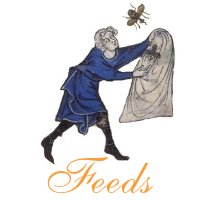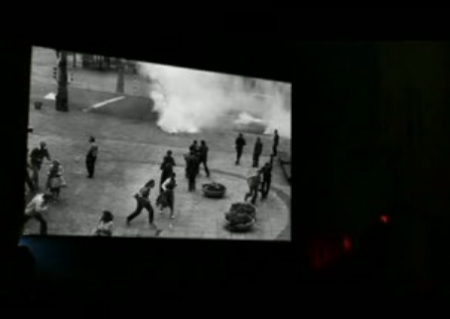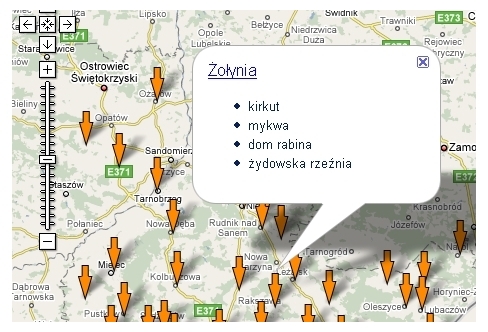History is present on internet not only through digital archives or websites of historical institutions. Common internet user talks about the past on discussion boards, in comments published on popular sites (like YouTube), while reading blogs or editing Wikipedia entries. This sphere of historical discussions usually (excluding maybe Wikipedia) is ignored by educators. There is no tools and no knowledge how to find, observe and moderate such activities – which can be recognized as a part of historical culture. Because of the growing impact of internet on social historical awareness and the potential range of such online distribution of history topics, that sphere may become one of the most important environment of historical education on internet.
Under the discussion about historical politics in Poland The KARTA Center has organized some time ago special panel. In his comment published later in the quarterly KARTA Tadeusz A. Olsza?ski, polish journalist, political scientist and translator of J.R.R. Tolkien essays and poems proposed that historical institutions and educators should be more engaged in the internet sphere. Wikipedia for him is an excelend tool for realizing educational projects. Professional educators working in the institutions could be taking part in the discussions about historical entries, inspiring new ones and engaging Wikipedians to collaborate with them on the next projects.
Weiterlesen







